SWEDISH ARMED FORCES
To realize the full potential and growing geopolitical role of the Arctic, one must understand the complex challenges of the area. In late 2020, the Swedish government issued a strategy for the Arctic, including how to manage geopolitical challenges.
The strategy identified three geostrategic changes and trends: the security policy consequences of new access to the Arctic’s natural resources, and sea lines of communications; the new military dynamic in the Arctic region, particularly increased Russian activity and military build-up in Russian territory; and the growing number of non-Arctic states expressing interest in the Arctic, notably the People’s Republic of China (PRC).
From the Swedish political point of view, the Arctic includes the area north of the Arctic Circle and the eight Arctic states. Accordingly, the political focus is on the Arctic Council, established in 1996. From the Swedish Armed Forces perspective, the Arctic is the northernmost part of a geostrategic continuum consisting of the Arctic, the Baltic Sea region and the Black Sea region. But the Arctic also is linked to North America and the Indo-Pacific. Sweden is building a web of bilateral, trilateral and multilateral defense-cooperation agreements in which the Armed Forces are participating actively. For military-related issues in the Arctic, the Arctic Security Forces Round Table is a natural venue.
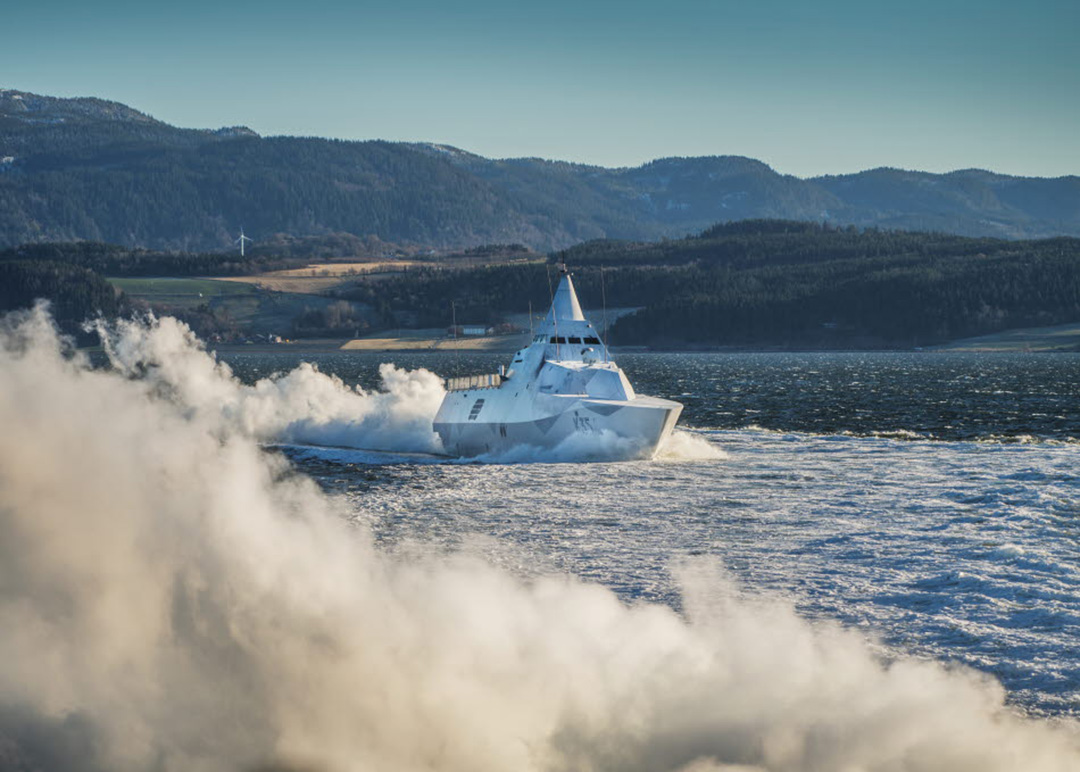
Russian war on Ukraine has consequences
Threatening international peace and security, the Russian armed attack on Ukraine goes beyond the borders of Ukraine. Since the war in Georgia, Russia has shown a willingness to use arms and violence to challenge the international rule-based order and the recognized state borders. The full-scale war on Ukraine shows the Kremlin’s urge for spheres of privileged influence at the expense of neighboring countries.
The Russian invasion has affected the way the Arctic countries are cooperating, pausing Arctic Council activities. As a result of the Ukrainian war, the transatlantic or Euro-Atlantic security community has come together in extraordinary action against the Russian aggression. The political and military coordination and cooperation among allies and partners will have an impact for years to come.
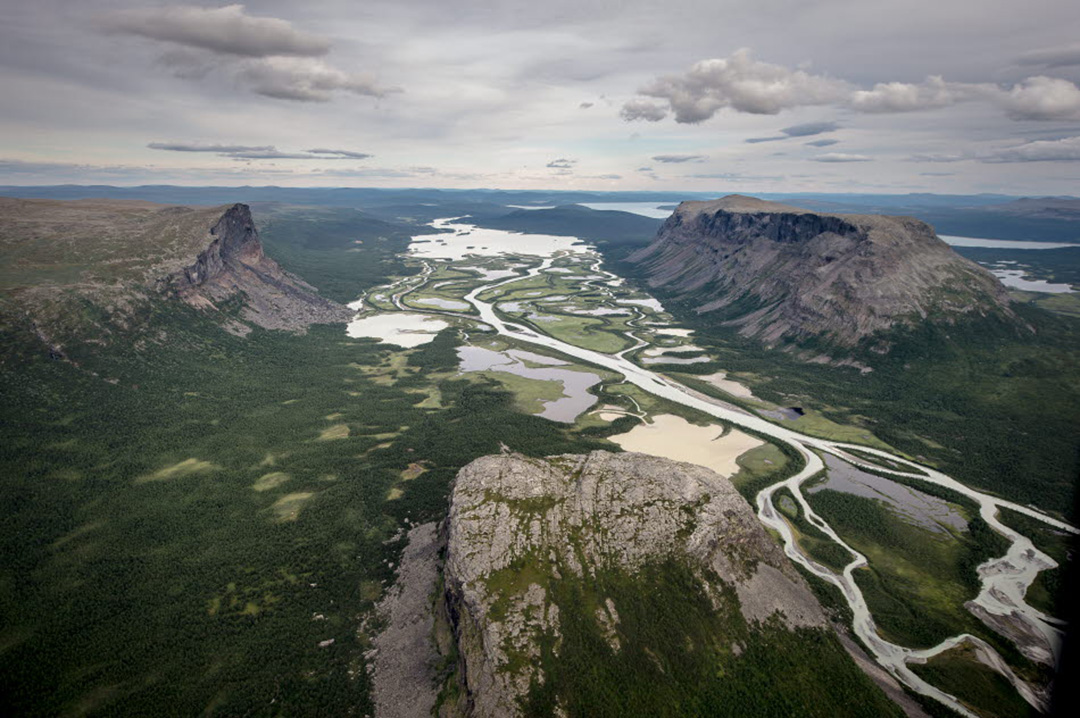
A Holistic Approach to Challenges
Reflecting on and discussing how to resume the work is important given the common challenges we are facing and will be facing in the Arctic and in the northern areas.
To achieve a common understanding, a deep situational awareness is key. This kind of awareness would probably need to be based upon traditional military means such as INTEL/OSINT and technological R&D, but also on insight into climate change and broader issues like culture, economy and education. Examples include recently initiated Swedish Armed Forces projects with the National Defense University Institute for National Strategic Studies on integrated deterrence and competition in the Arctic/High North and with the Center for Climate and Security on climate change and security.
Zooming out, we must still be aware of the actions taken by Russia and the PRC. As they use an extensive array of instruments — that is, international law, trade, information and disinformation, culture, military capabilities, etc. — we must seek coordinated tools to meet and counter their actions, keeping in mind not to escalate when not necessary. Zooming in, the Swedish Armed Forces and its partners contribute to a non-escalatory development while respecting and promoting international law and safe and professional conduct.
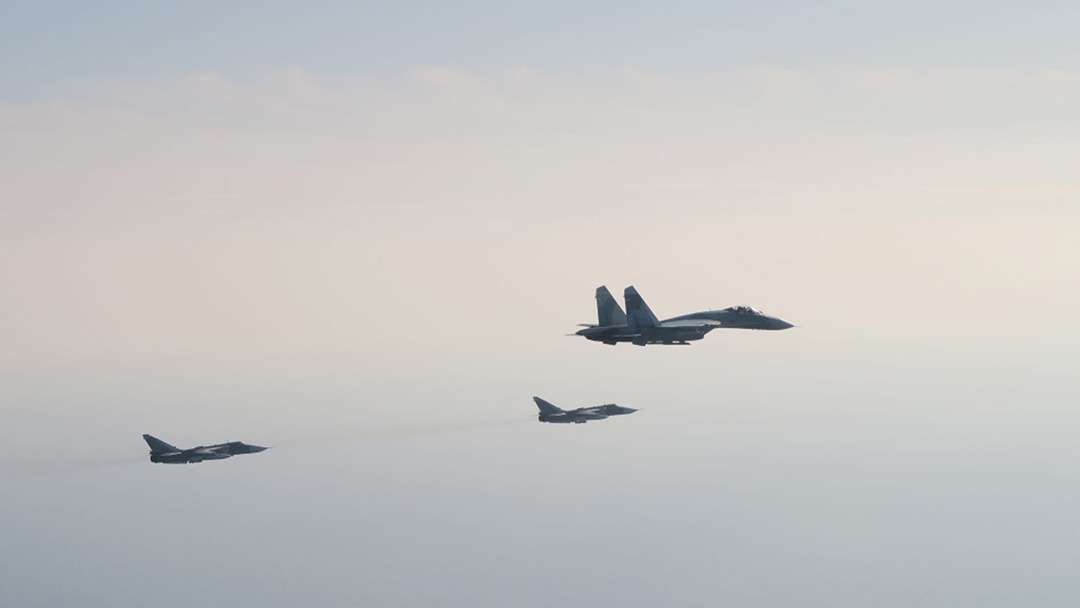
By contributing and organizing different exercises related to the northern areas, Sweden signals readiness to contribute to a safe and stable security environment. Exercises also enhance national skills and our interoperability with partners, thus building defense capabilities. Typical high-end activities are the Norwegian-led exercise Cold Response 2022 and the trilateral Arctic Challenge Exercise series, with about 35,000 troops and 100 aircraft. Sweden, Finland and Norway also have mechanisms for more routine training and exercises, like cross border training where fighter squadrons train on a day-by-day basis.
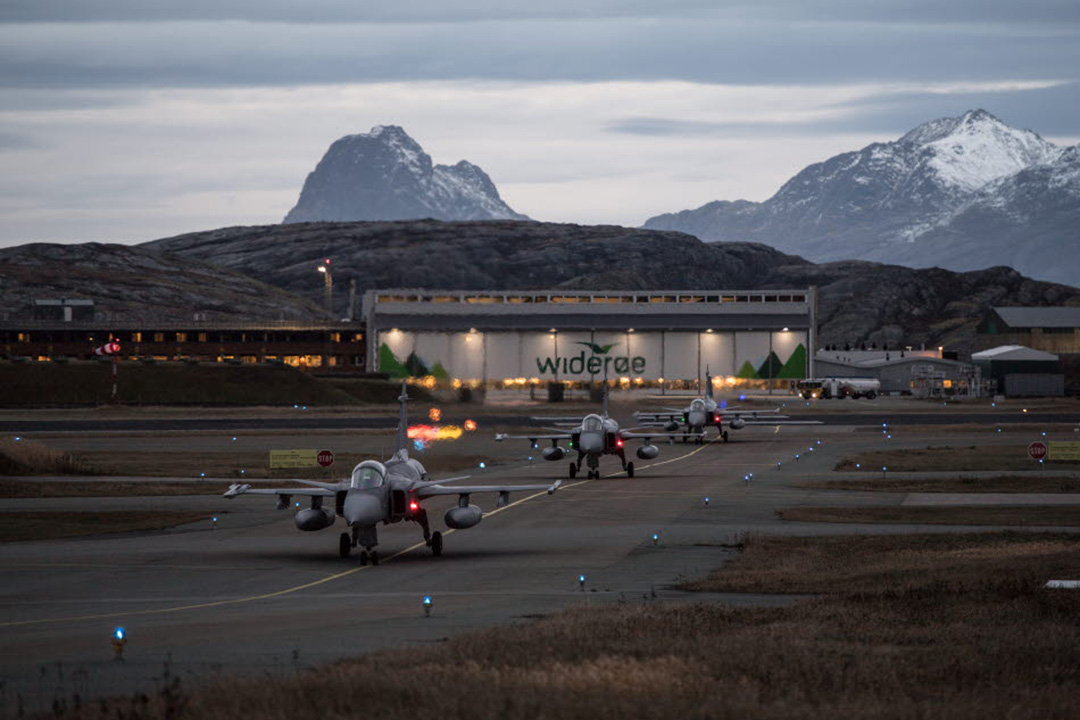
In the northern parts of Sweden, we have and will further develop competencies and capabilities handling our subarctic environment. The consequences of climate change, including melting ice, will also affect operational conditions with thawing of the permafrost and longer rain periods. A focus for the Swedish Armed Forces competencies is our Subarctic Warfare Center, which welcomes as many as 200 participants in courses from partner countries each year. (Pictured: A member of the Swedish Armed Forces undergoes training. Military exercises with allies enhance skills and interoperability.)
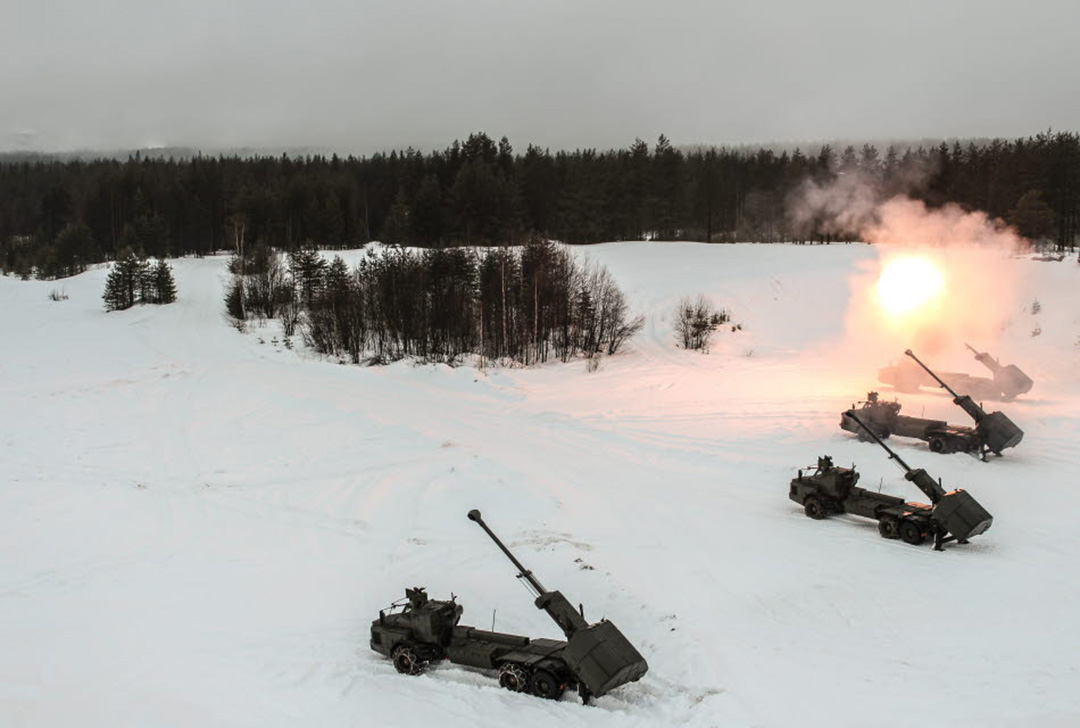
Two other areas with potential for enhanced cooperation are total defense issues and green defense. The northern areas have few but crucial infrastructural nodes, which means the armed forces will often share logistics, information and communication systems, as well as health care, with the rest of society. There is room for deeper multilateral cooperation and sharing of experience with cross-sector cooperation, called the total defense concept in Sweden. Taking a more overarching view of climate change, the Swedish Armed Forces is striving for more sustainable capabilities. This shift toward a greener force will also create research and development opportunities.
IMAGE CREDITS: SWEDISH ARMED FORCES


Comments are closed.